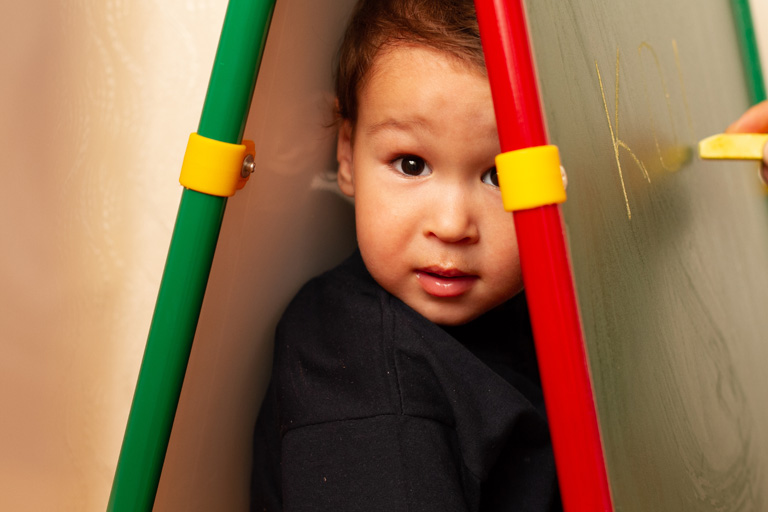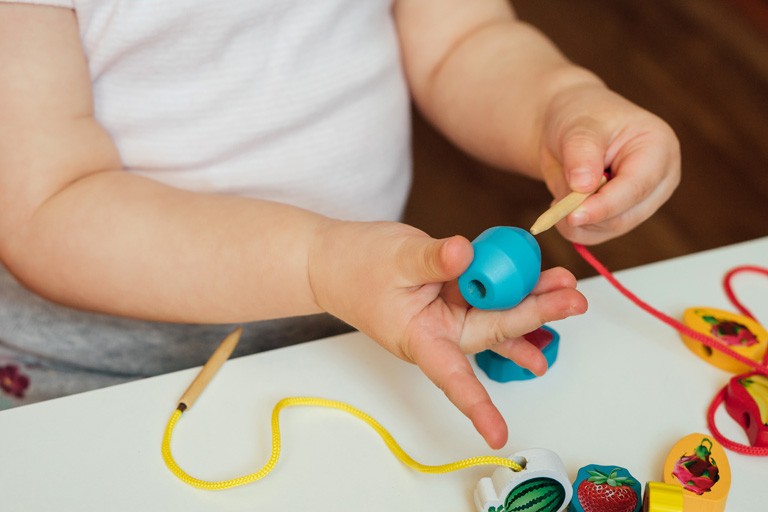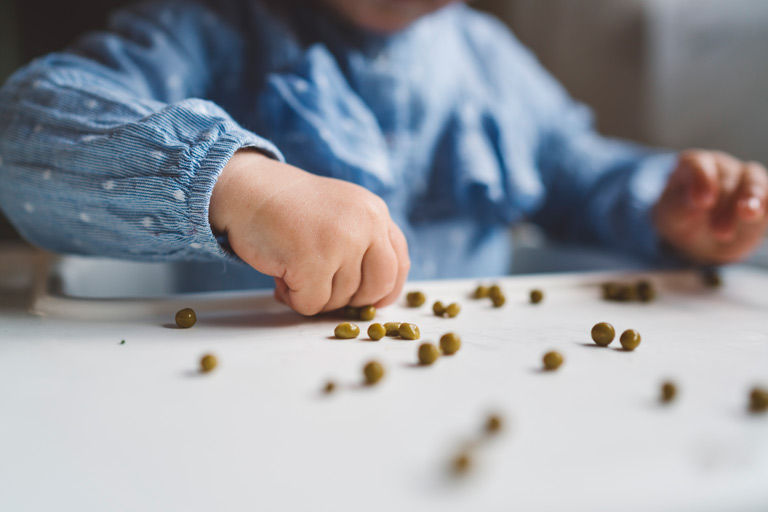
Sleep Tips To Help You and Your Child Sleep Like a Baby
January 3, 2019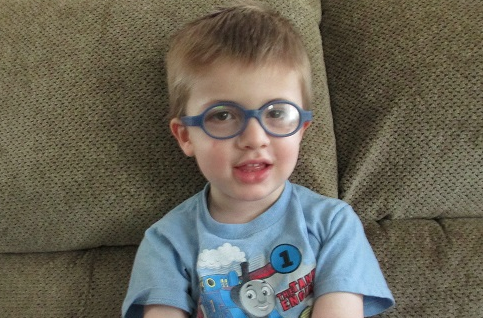
What is Brain-Based Visual Impairment or CVI?
January 21, 2019What is Low Tone and How Does it Affect My Child?
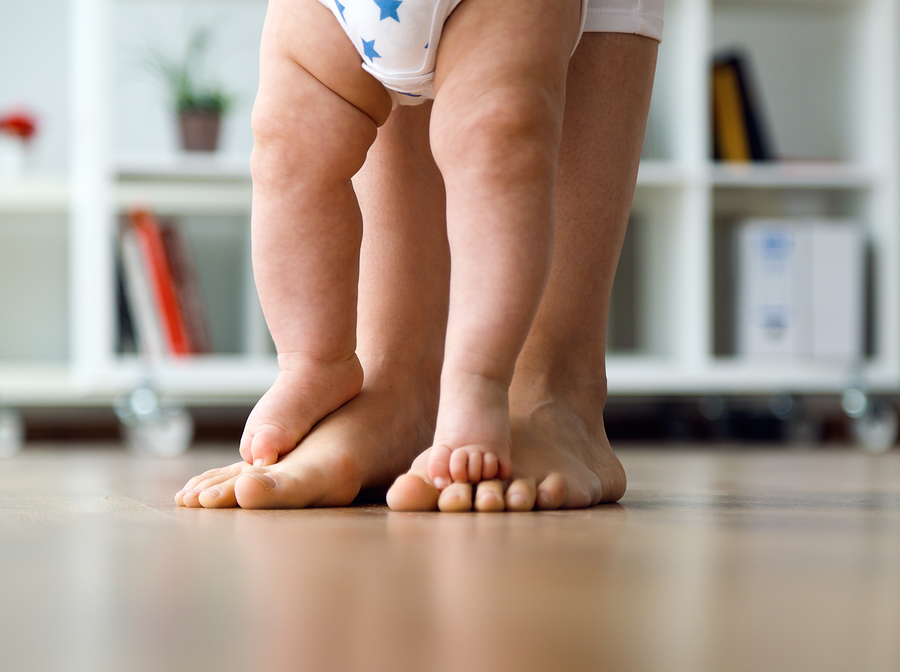
Portrait of mother and baby legs. First steps.
By Katie Shroyer, PT, DPT, CBIS
TEIS Physical Therapist
Do you notice that your child tends to fall to the side or forwards when they are trying to sit? Do you feel like your child’s arms and/or legs move really easily or feel very light when moving them? If so, it is possible that your child has “low tone,” which is also known as hypotonia. The definition of “low tone” includes muscles that are weak or seem “floppy” when moving them.
Symptoms of “low tone” include:
- Tendency to keep arms and legs resting against a surface rather than moving them
- Limited interest in moving (i.e. rolling, standing)
- Easily tires with physical activity
- Limited interest in placing weight through their arms/legs when on their bellies and/or attempting to stand with help of a caregiver
- Possible difficulty with bottle feeding and oral motor skills
- Increased joint flexibility in their arms, legs, and/or trunk
- Decreased reflexes (i.e. may not turn their head to the side when their cheek is touched, may not move their arm/foot when stroked on the inside surface)
- Tendency to fall to the side or the front when sitting up
- When standing, a tendency to overly extend their knees and keep a wide base of support
A child with “low tone” may experience a delay in one or more areas of development. “Low tone” may be noticed in the entire body or confined to one area of the body (i.e. arms or legs).
What should I do if I suspect my child has “low tone?”
First and foremost, please talk to your pediatrician. Therapies may be recommended by your pediatrician. This may include physical therapy, occupational therapy, or speech language therapy to help guide you and your child in appropriate strengthening, functional, and endurance activities. Therapists may also help with positioning suggestions to increase your child’s stability in various age appropriate positions (tummy time, sitting, standing), offer strategies to protect your child’s joints during play activities, and, if appropriate, suggest possible bracing options. With some collaboration and practice of specific activities, your child will surely increase her strength and be playing alongside of both you and her friends/siblings in a short period of time!

 Send to a friend!
Send to a friend!
